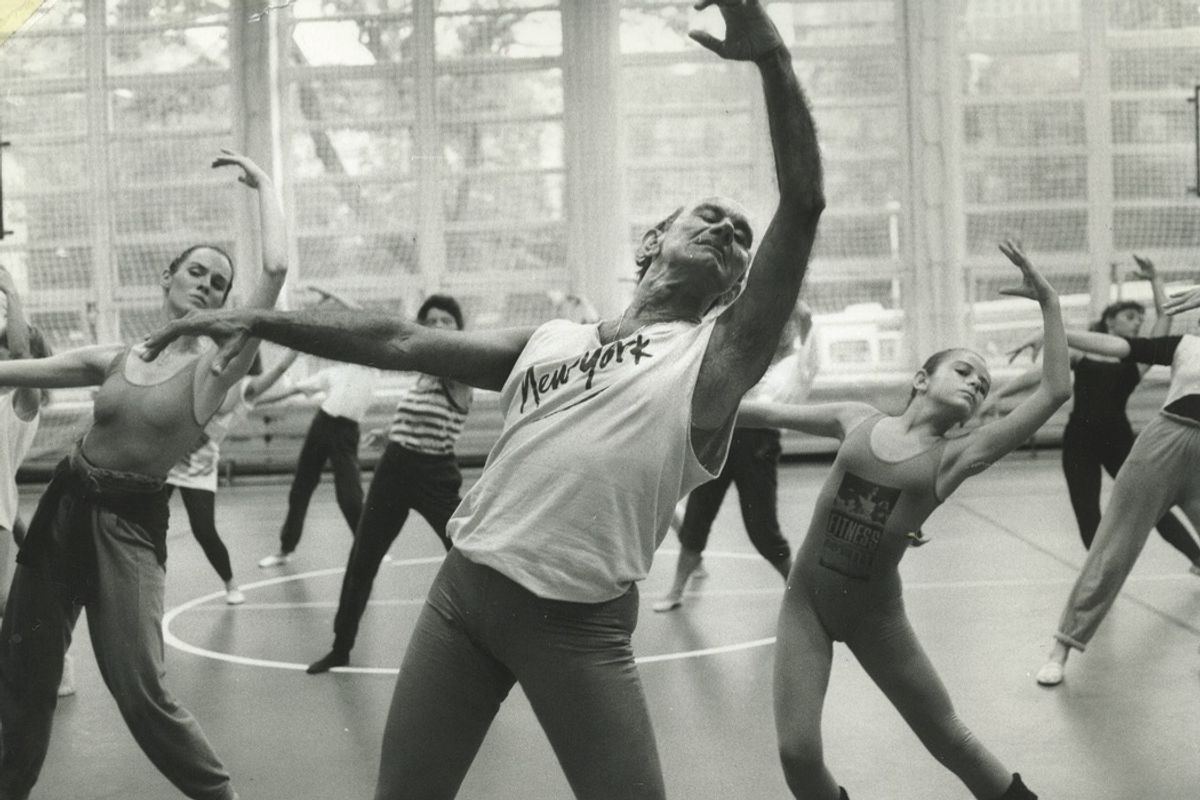
If you offer jazz in your studio, the style is most likely rooted in theatrical jazz dance, influenced by the 1940s and ’50s Broadway choreography of Jack Cole, Jerome Robbins and Matt Mattox, and later, by innovators like Gus Giordano, Bob Fosse, Luigi and Frank Hatchett. But what is the state of jazz today? Where does it fit amid the explosive popularity of the elusively defined, highly televised juggernaut known as contemporary? Is jazz dying out, or is it simply evolving?
Let’s ask these professionals for some perspective and the role of dance educators in shaping its future.
Spencer Liff, Broadway and “So You Think You Can Dance” choreographer
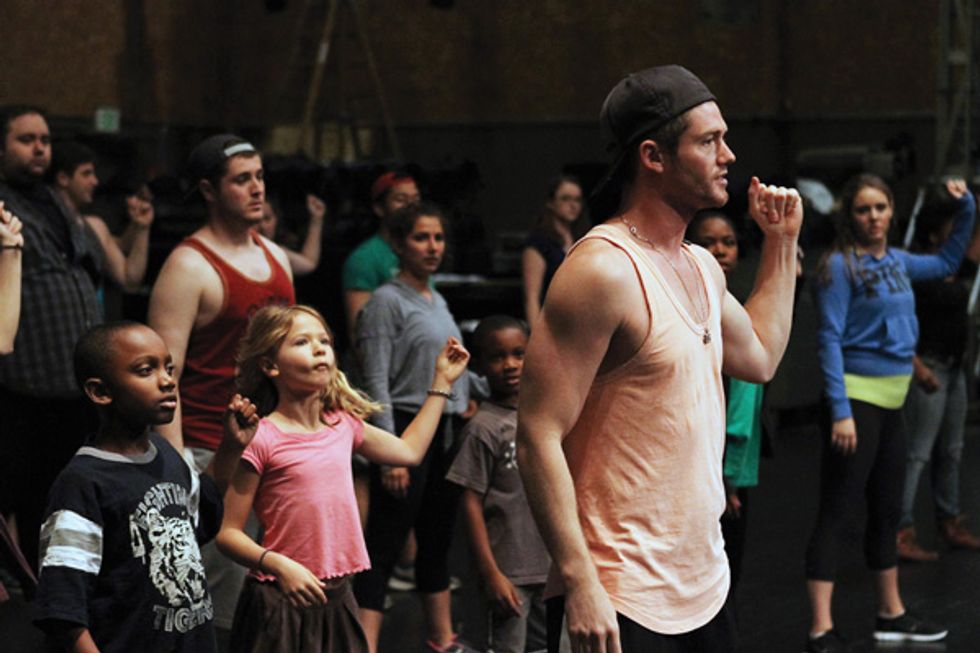
Photo by Vii Tanner, courtesy of Clear Talent Group
The truth is that jazz dance doesn’t really exist anymore—at least not in the form it did when I was growing up. Often, when I work with younger dancers on “SYTYCD,” their dancing is super- internal, because they’re being trained in contemporary dance. But they sometimes don’t know how to really entertain in an outgoing way. That focus on performance is essentially what jazz is all about.
Even though “SYTYCD” usually categorizes my work in the “Broadway” genre, if you turned off the music, it would look just like jazz. I’ve been incredibly influenced by the styles of Bob Fosse and Jack Cole, and by my training with Marguerite Derricks and Frank Hatchett. It makes so much sense to me that any dancer who wants to be on Broadway needs to build up their jazz technique. At the same time, though, we can’t dance the same styles forever; they have to evolve.
Billy Siegenfeld, Artistic director of Jump Rhythm Jazz Project
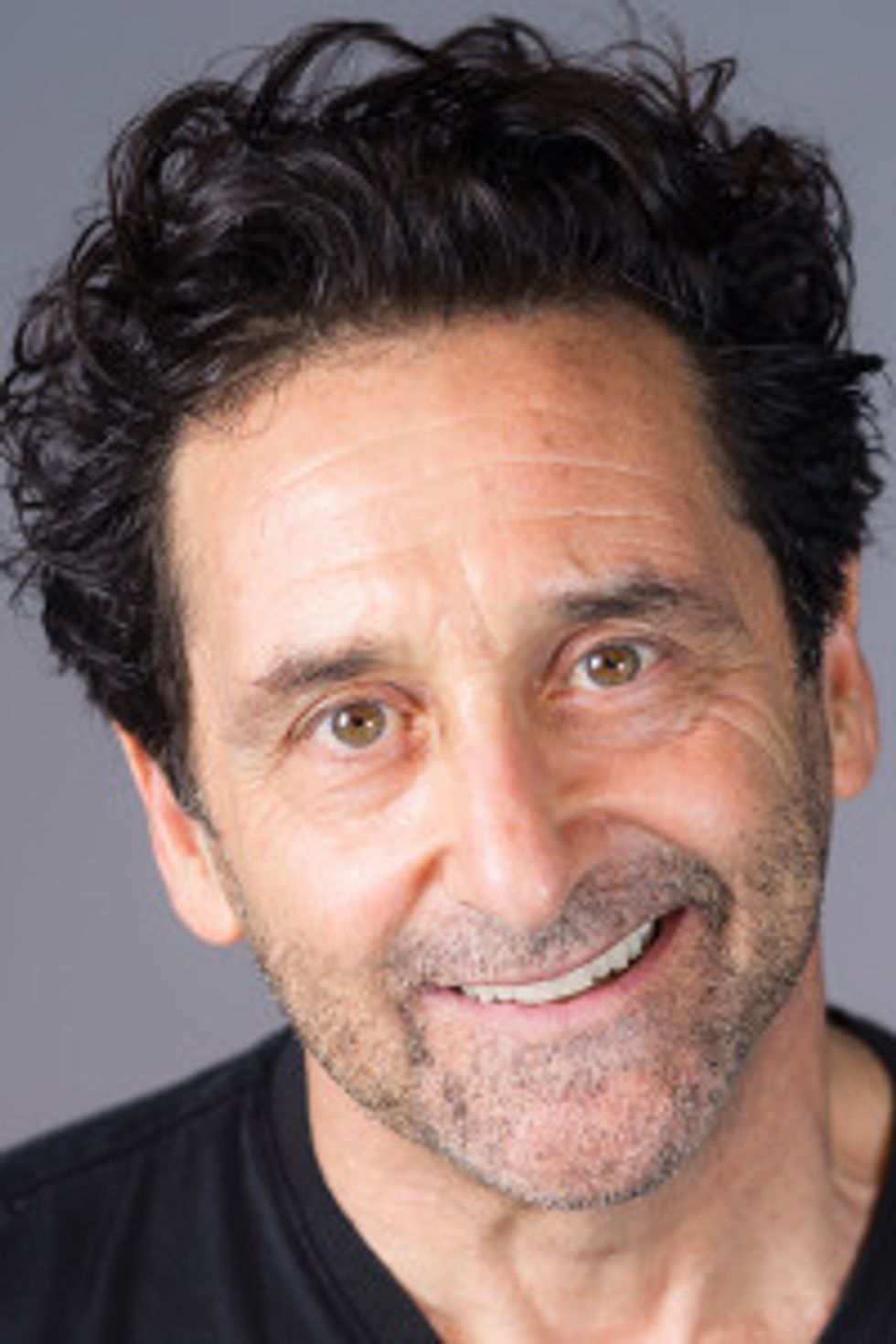
Photo courtesy of JRJP
A lot of what I’ve seen called jazz dance recently—in studios and on reality TV dance shows—is purely sexualized pelvic movements or ballet-like movements. But there’s another part of jazz that comes from street dancing that’s becoming more and more popular. That movement may not necessarily be called jazz at all. It could be hip hop, break dancing or popping, but it suggests more of the feeling I associate with jazz dance, which has more edge, attack and sharp dynamics.
When I think of jazz dance, one of its hallmarks is vernacular-bodied, rhythm-driven movement that articulates energy instead of specific shape. When young dancers are offstage and go out dancing, this is what they do—and that’s how jazz happened. It originally came out of urban street cultures. So I’m glad that rougher-edged, dirtier, street-based urban dance culture is becoming more recognized and making its way into private dance studios. I see this exemplified in dancers like Lil Buck. His virtuosity came out of the street, and it has references back to Michael Jackson’s moonwalk. So I think things are actually changing in a very positive way.
Cathy Young, Dance division director at The Boston Conservatory
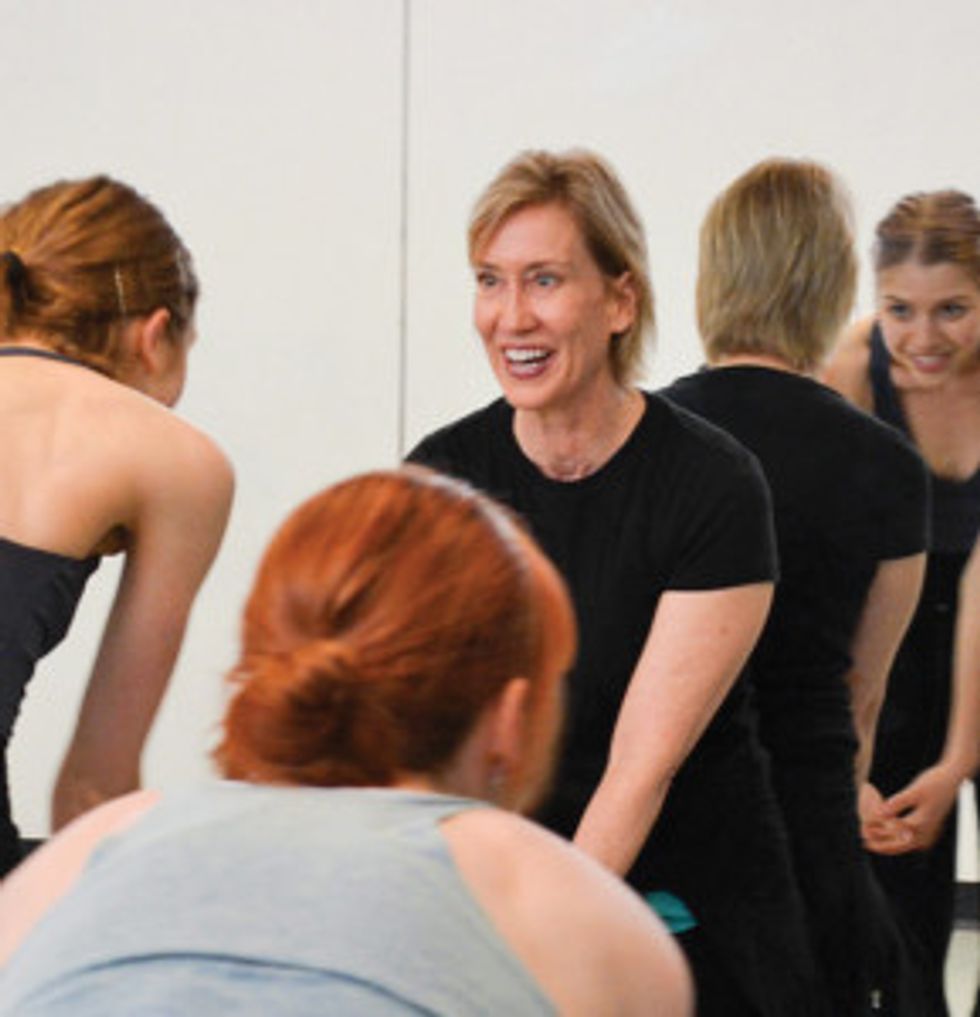
Photo by Eiji Muira, courtesy of Boston College
I hear people lament that there’s no “real jazz” happening anymore. But I actually think there are many people teaching it, including myself, and that the form will keep expanding as it pulls from the vernacular.
Jazz dance is all about a deep connection to music, so classes that allowed us to really explore music through improv and play, especially the music that’s used in a great jazz class, were ecstatic. Back in the ’80s, I remember Adrienne Hawkins teaching 2 1/2-hour classes in the summer with no air-conditioning and 60 people in the room. She’d put on club music, and everyone would go into an ecstasy of music and sweat. Nowadays, it’s not as fashionable to create work that’s just about the music, and jazz dance is rarely taught to live music. Some teachers teach balletic movement to popular music and call it jazz. But to me, that has nothing to do with jazz dance, because students aren’t getting this depth and richness of jazz’s musical history.
Nick Lazzarini, Member of Shaping Sound and winner of “So You Think You Can Dance” Season 1
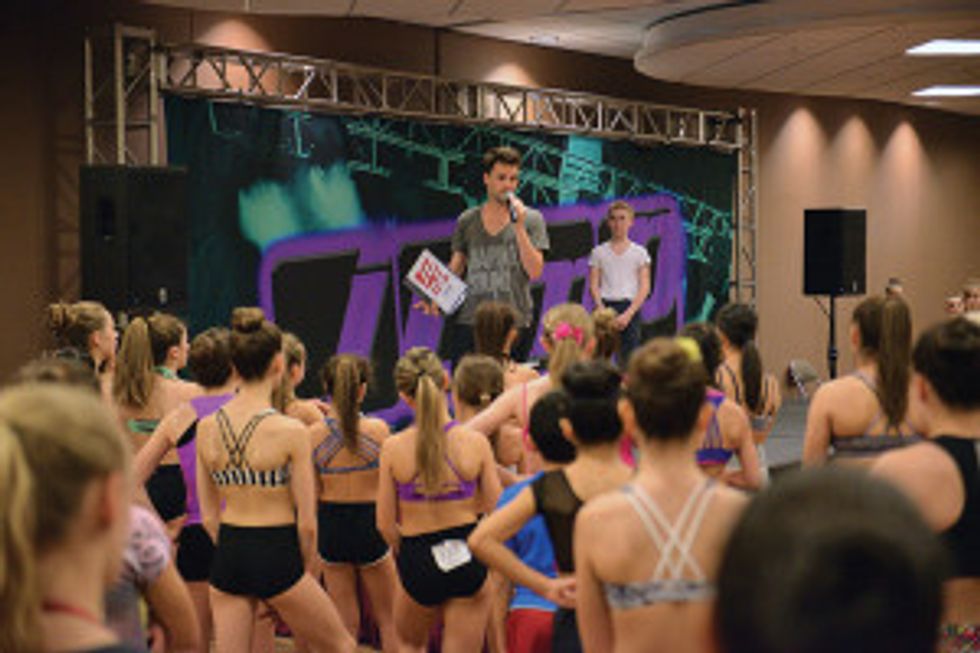
Photo courtesy of Break the Floor
I think jazz is in a little bit of trouble. I travel to studios all across North America, and I don’t really see jazz being taught at all. Kids are being taught tricks—pirouettes, leg lifts and tilts—but nobody is teaching them how to take a simple step, like a pivot turn pas de bourrée, and make it super-dynamic. Many kids don’t even know who Gus Giordano or Luigi were, and it’s crazy to me that the history of jazz—well, the history of dance, period—isn’t being taught more.
I’d love to see teachers use the internet to show kids videos of how exciting jazz can be—like old-school Janet Jackson videos or Paula Abdul performing “(It’s Just) The Way That You Love Me” at the 1990 American Music Awards with about 30 male jazz dancers, including Tyce Diorio and Eddie Garcia. Jazz is what people used to do in music videos; commercial dance started with jazz. That’s what can get kids excited.
Wendy Oliver, Dance professor at Providence College and co-editor ofJazz Dance: A History of the Roots and Branches
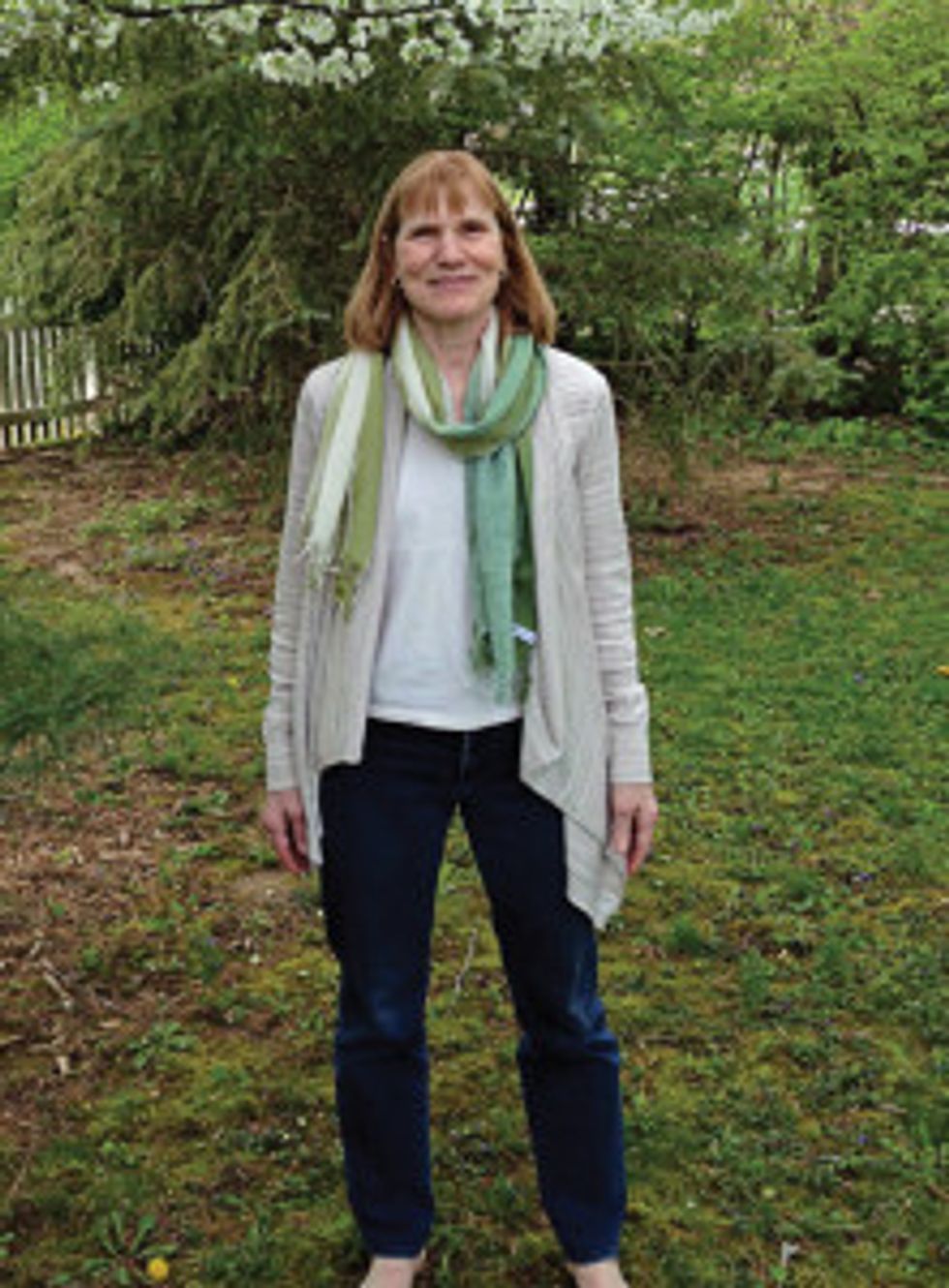
Photo courtesy of Oliver
It seems that any jazz dance that’s not on Broadway or used for commercial purposes doesn’t get much attention in the dance world, and I’d like to see more support of concert jazz companies.
There are three dance styles that claim the title “jazz dance” and co-exist in the dance world today. First is the authentic jazz dance that developed in the 1920s and ’30s alongside jazz music, which is still performed today by revival dance companies, such as Sweden’s Harlem Hot Shots, and is also danced socially. Second is theatrical jazz dance, which is often seen in Broadway shows and is heavily influenced by a more balletic aesthetic. Finally, concert jazz, which we see performed by companies such as Giordano Dance Chicago or Jump Rhythm Jazz Project.
Danny Buraczeski Choreographer and jazz dance professor at Southern Methodist University
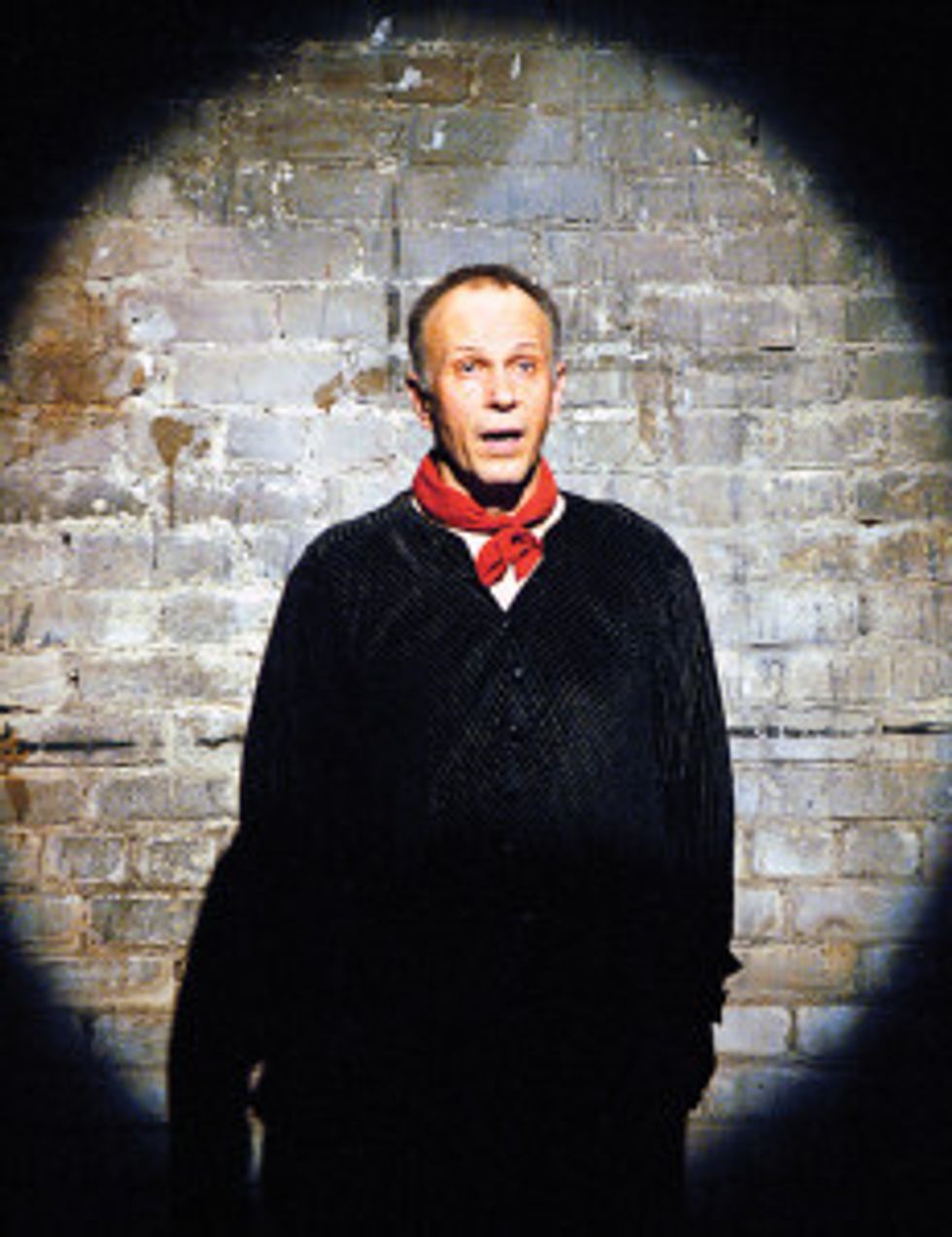
Photo courtesy of Buraczeski
I tell dancers that the history of jazz is basically the history of race in America, and it’s important that they know that. When I talk about a particular artist, I always talk about the social context of the choreography. I also teach them that jazz dance is the one form that doesn’t exist without the music. You can’t look through a glass door and tell that it’s jazz dance on the other side unless you can hear the music playing. In our last end-of-semester senior show, there was jazz dance to music by Nina Simone, Duke Ellington, John Coltrane, Frank Sinatra and Louis Armstrong. The music is what really got them excited, and that was so gratifying for me to see.
Nan Giordano Artistic director of Giordano Dance Chicago
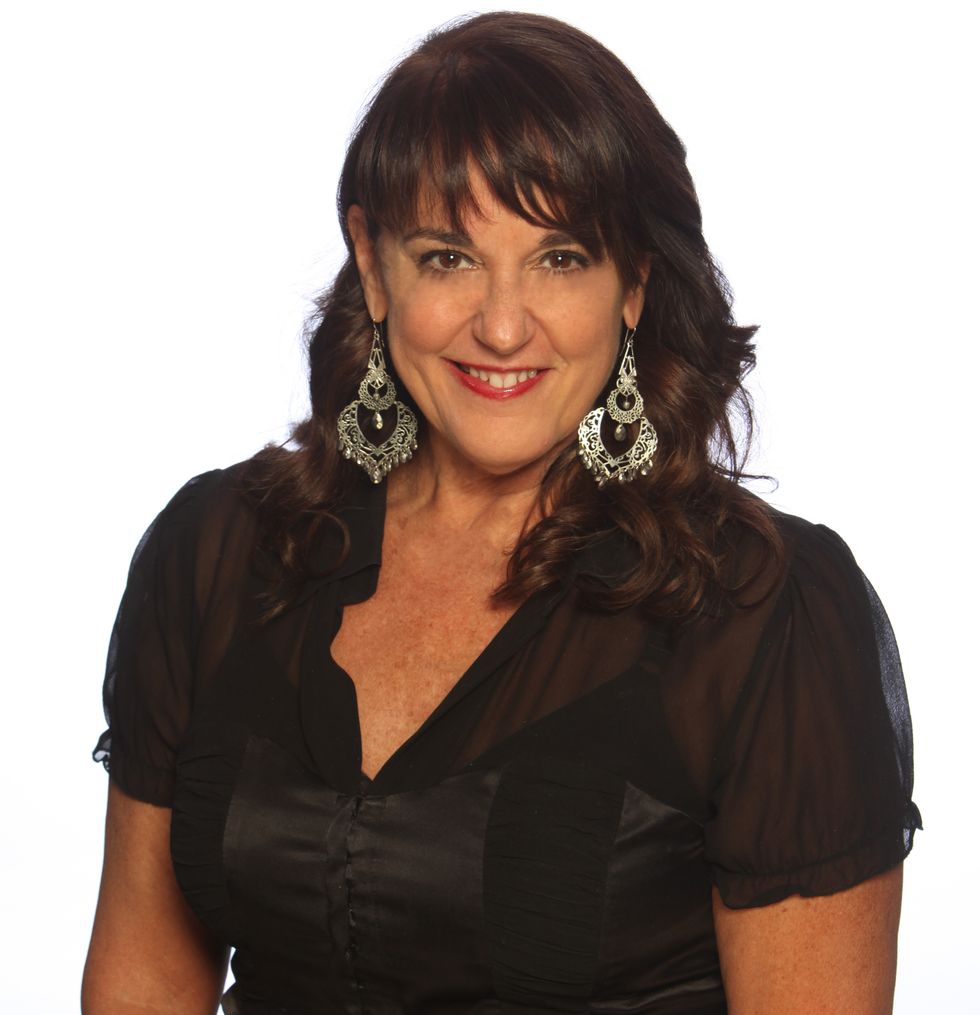
Photo courtesy of GDC
There’s no question that jazz dance in the U.S. isn’t as valued as other genres by dancers or even by college dance programs. I think part of that has to do with the fact that it’s a younger dance form. Since ballet, for example, has been going on for hundreds of years, there are so many more role models. With jazz, we of course have the greats like my father [Gus Giordano], Luigi, Matt Mattox, Frank Hatchett and even Joe Tremaine in the younger generation, but there just aren’t that many pure jazz dancers now to look up to.
Although our company is one of the few jazz dance companies that exist, we are doing well and really trying to push the envelope of jazz dance. In one evening, you might see six different works from six different choreographers, and see the many different veins of jazz dance that exist today, from classic jazz to jazz that’s more contemporary. Jazz dance in Chicago stemmed from my father’s presence, and though he may not be here anymore, his history is. Jazz dance isn’t just surviving here—it’s thriving.



